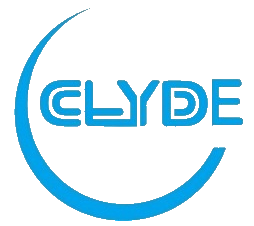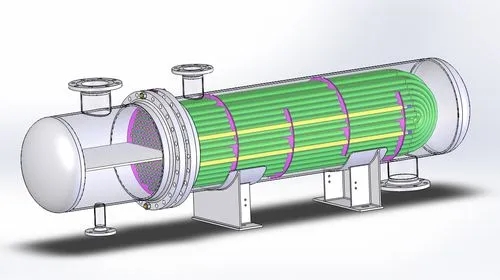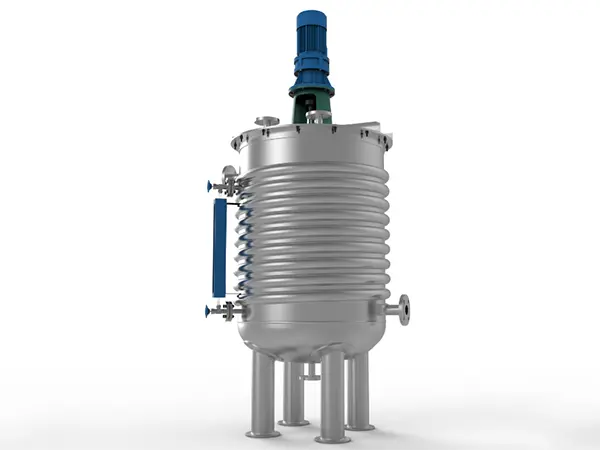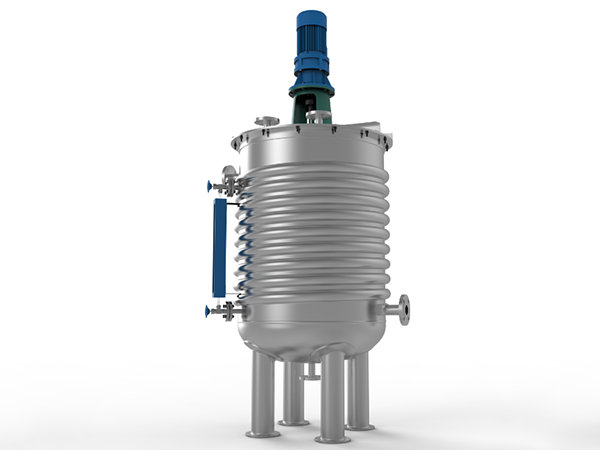Installation method and discharge method of the cooler
A cooler is a type of heat exchange equipment mainly used to cool fluids during use, usually using water or air as a coolant to remove heat. It can be mainly divided into tube coolers, plate coolers, and air-cooled coolers. A cooler is a heat exchange device commonly used in industrial sectors such as metallurgy, chemical industry, energy, transportation, light industry, and food. It is suitable for different working conditions such as cooling, condensation, heating, evaporation, and waste heat recovery. Therefore, among numerous types of heat exchangers, coolers and tube heat exchangers still play an important role.
Installation method of cooler
The installation methods of coolers are divided into vertical oil coolers and horizontal oil coolers. Vertical coolers have the characteristics of small installation area and convenient installation. Horizontal oil coolers have the characteristics of small pressure drop and strong water shock resistance. Therefore, selecting vertical or horizontal oil coolers correctly according to different site, space height, and performance requirements can better meet the needs of generator sets and other equipment.
(1) After the pressure test of the cooler is qualified, it can be put into use, and the internal water storage in the front row should be drained.
(2) Check if each drain and vent valve is flexible and easy to use, and if the switch position is correct. Also, check if all pressure gauges and thermometers are installed properly.
(3) Check whether the foundation and support are firm, and whether all bolts are fully fastened and tightened.
(4) When put into use, first apply cold flow and then apply heat flow.
(5) When using cold or hot media, first ensure that the auxiliary line is unobstructed, then slowly open the inlet valve. After checking for no problems, open the inlet valve slowly to prevent pressure buildup. During the commissioning process, attention should be paid to observing changes in the equipment. After the cooler is put into use, leakage may occur due to changes in temperature and pressure, and it should be checked in a timely manner.
The discharge method of the cooler
1. Differential pressure discharge: When impurities accumulate to a certain amount, the differential pressure signal between the inlet and outlet pipes of the cooling water is used to backwash the discharge. That is, the control signal of the electric contact pressure gauge is connected, the control mechanism opens the electric discharge valve, and the electric reducer will operate at a speed of 3-6 revolutions per minute. It will be discharged into the cooling water outlet pipe through the discharge pipeline and the discharge valve, and the discharge will take about 5-10 minutes once. When large debris appears and the filter cannot run properly, the electric device should run in the opposite direction to flush the debris.
2. If necessary, users can set the sewage discharge time, which can be set within 0-99 hours for cleaning and discharging. Generally, it is set to discharge once every 12 hours, and the time setting can be adjusted according to the water quality of the power plant. Set the time to start the electric reducer for reverse rotation to open the drain valve, and then perform reverse flushing to drain the water in sequence. Until all chambers are backwashed, the electric device stops working, the electric backwash valve and the electric drain valve close, and the drain work is completed.




